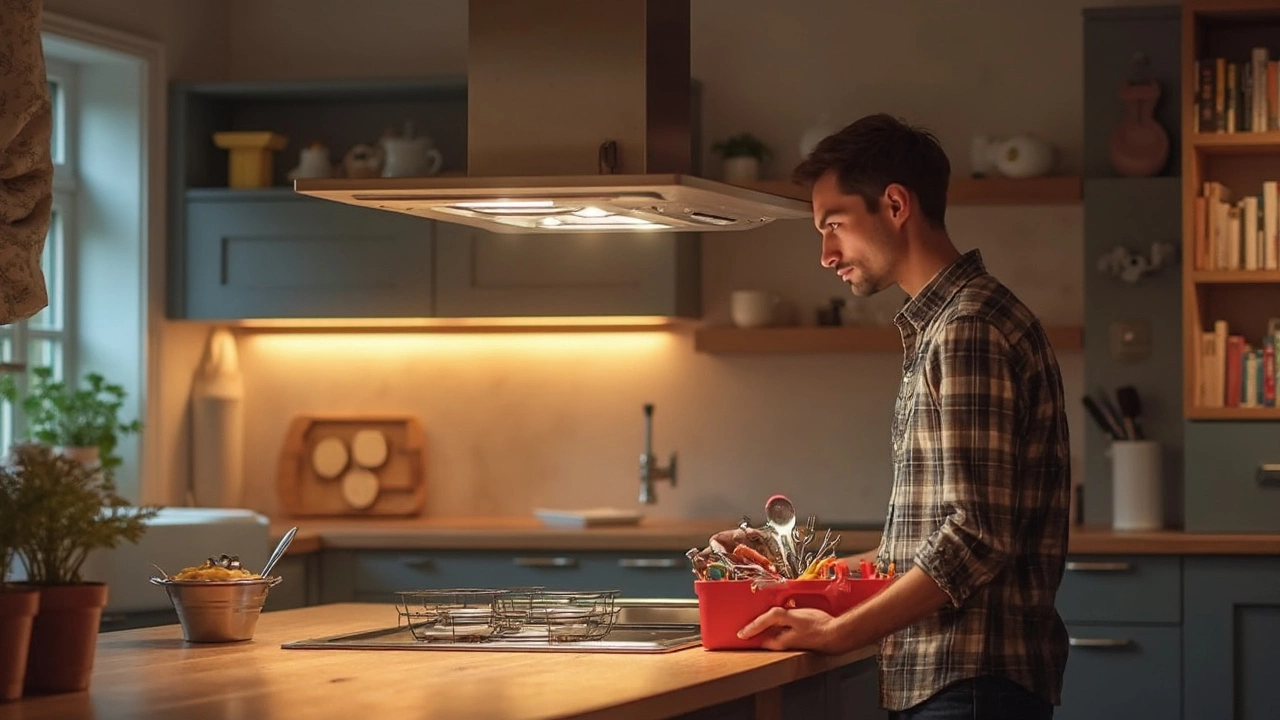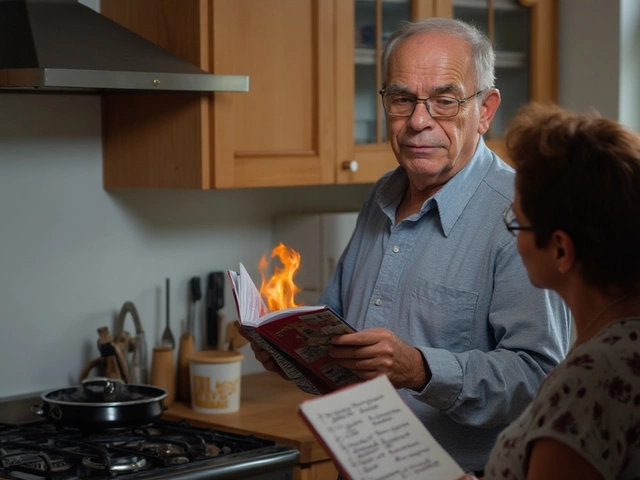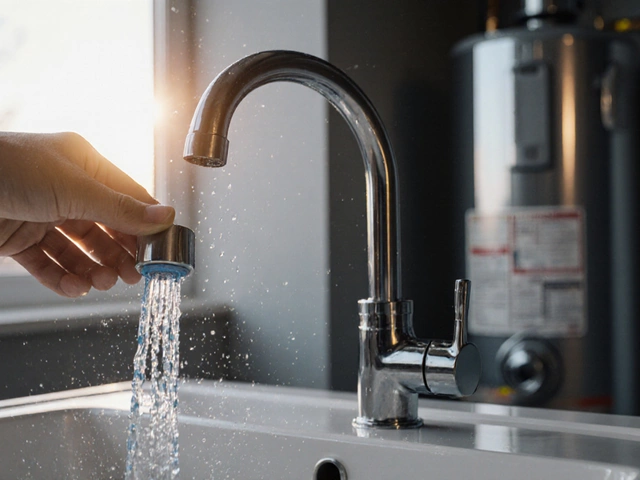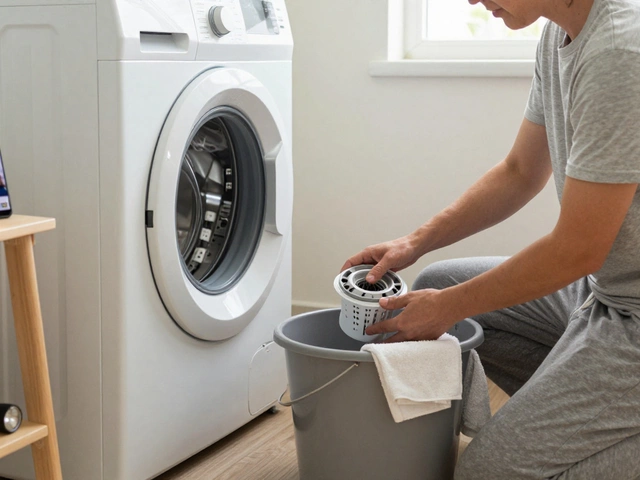Is a 10 Year Old Laptop Worth Keeping? Your Guide to Making the Call
May 29 2025Kitchen Fan Fix: Easy Ways to Diagnose and Repair Your Extractor Fan
When your kitchen fan stops pulling steam away, cooking suddenly feels like a sauna. The good news? Most fan failures are easy to spot and fix without tearing out the whole unit. Below you’ll get the most common reasons a fan quits, plus a step‑by‑step guide you can follow tonight.
Common Reasons Your Kitchen Fan Stops Working
First, rule out the simple stuff. A tripped breaker or a blown fuse can silence a fan in seconds. Next, check the switch – wear and loose wiring often make the fan click but never spin. Grease and dust build‑up on the motor housing or the fan blades also cause the motor to overheat and shut down. Finally, the capacitor that gives the motor a boost may fail after years of use, leaving the fan dead or humming weakly.
Most homes hit at least one of these issues every few years. If the fan hums but doesn’t spin, the capacitor is the usual suspect. If there’s no sound at all, start with the power supply. And if the fan runs slowly or makes a rattling noise, the motor bearings probably need cleaning or replacement.
Step‑by‑Step Fixes You Can Do Yourself
1. Check the power. Open your breaker box and make sure the circuit for the kitchen fan is on. If it’s tripped, flip it back and see if the fan powers up. If the breaker trips again, you’ve likely got a short and should call an electrician.
2. Reset the fan. Many modern fans have a reset button on the motor housing. Turn the fan off, wait 30 seconds, then press the reset. This can clear a thermal overload that shut the motor down.
3. Clean the filter and blades. Remove the fan’s metal or charcoal filter and wash it with warm, soapy water. While it’s out, wipe the blades and motor housing with a damp cloth. Let everything dry completely before reassembling.
4. Inspect the wiring. With the power off at the breaker, remove the fan’s cover and look for loose wires or burnt insulation. Tighten any loose screws and replace any damaged wire sections.
5. Test the capacitor. If the fan still won’t start, the capacitor may be dead. You’ll need a multimeter set to capacitance mode. Compare the reading to the value printed on the capacitor. A big discrepancy means replace it – they’re cheap and sold at most hardware stores.
If you’ve gone through these steps and the fan is still silent, the motor itself may be faulty. Replacing a motor is more involved and often cheaper to let a qualified gas engineer handle, especially if the fan is part of a larger ventilation system.
Remember, safety comes first. Never work on a fan that’s still connected to live power, and don’t force any parts that feel stuck. When in doubt, call a trusted professional. A quick check by a certified engineer can save you from a bigger repair down the line and keep your kitchen breathing easy.
 27 Feb
27 Feb
Can Kitchen Extractor Fans Be Repaired Effectively?
Kitchen extractor fans are essential for keeping your cooking space fresh and smoke-free, but what happens when they malfunction? This article explores the repairability of these fans, offering tips on troubleshooting common issues like unusual noises, reduced efficiency, and electrical faults. Discover whether DIY repair is feasible or if it's best to call a professional. Included are practical steps for maintenance to prolong the fan's life. Learn what to check, what tools might be needed, and when it's time to replace the fan.
Read More...



